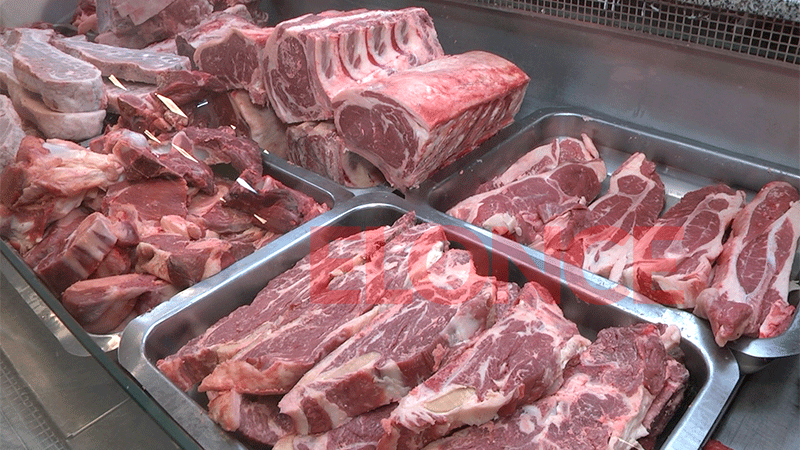The prices of the various cuts of beef recorded a moderate increase (1.8%) in September compared to August, while in annual terms the increase was an average of 67.6%, below the estimated inflation for the same period of the order of 83.9%.
If we analyze the evolution of average prices of beef over the last four months, the average increase in cuts was 1.4% in June, 0.0% in July, 1.2% in August. and 1.8% in September.
While the rise in food prices measured by the Indec was much higher in that period: 4.6% in June, 6.0% in July, 7.1% in August and 6.0% in September ( esteem).
“The evolution of the price of beef is explained, to a large extent, by the drought effect (which improves supply), the drop in consumption and the international situation (where the drop in prices obviously affects the local market)”, the CEPA report said.
Added to this are “the evolution of the price of corn (which, despite having increased, has only filled the gap with the agricultural price) and an international scenario that shows falling food price levels (together with a falling demand for exports), so the “contagion” effect on non-exportable categories determines insignificant price movements ”.
As for the level of beef consumption, the annual livestock monitoring of the Rosario Exchange shows that per capita consumption of beef continues to exceed the historical level, reaching 46.7 kg / inhabitant / year in September.
It should be added that in recent months the supply to the slaughterhouse has increased (+ 8.5% in August compared to the same month in 2021) and, so far this year, the accumulated growth is 4.4%, reaching 2,044,653 tons. , 85,500 tons of meat more than those produced a year ago, which could be explained by the effect of the drought.
“However, November and December are months in which consumption tends to increase, they have once again shown significant increases in the price of meat, with an average of 11% and 10% respectively,” warns the work of the CEPA Price Observatory.
Looking to the next few months, the report stresses that it is necessary to “closely monitor” the evolution of Chinese demand for possible consumption in that country and the price of corn, since “the smaller quantity of corn offered towards the end of the year tends to generate upward pressure on meat prices “.
The meat category represents a large part of the consumption of Argentines, given that its consumption represents, in the conformation of the consumer price index (CPI), between 7% (GBA) and 13.3% (northeast) of the total. .


